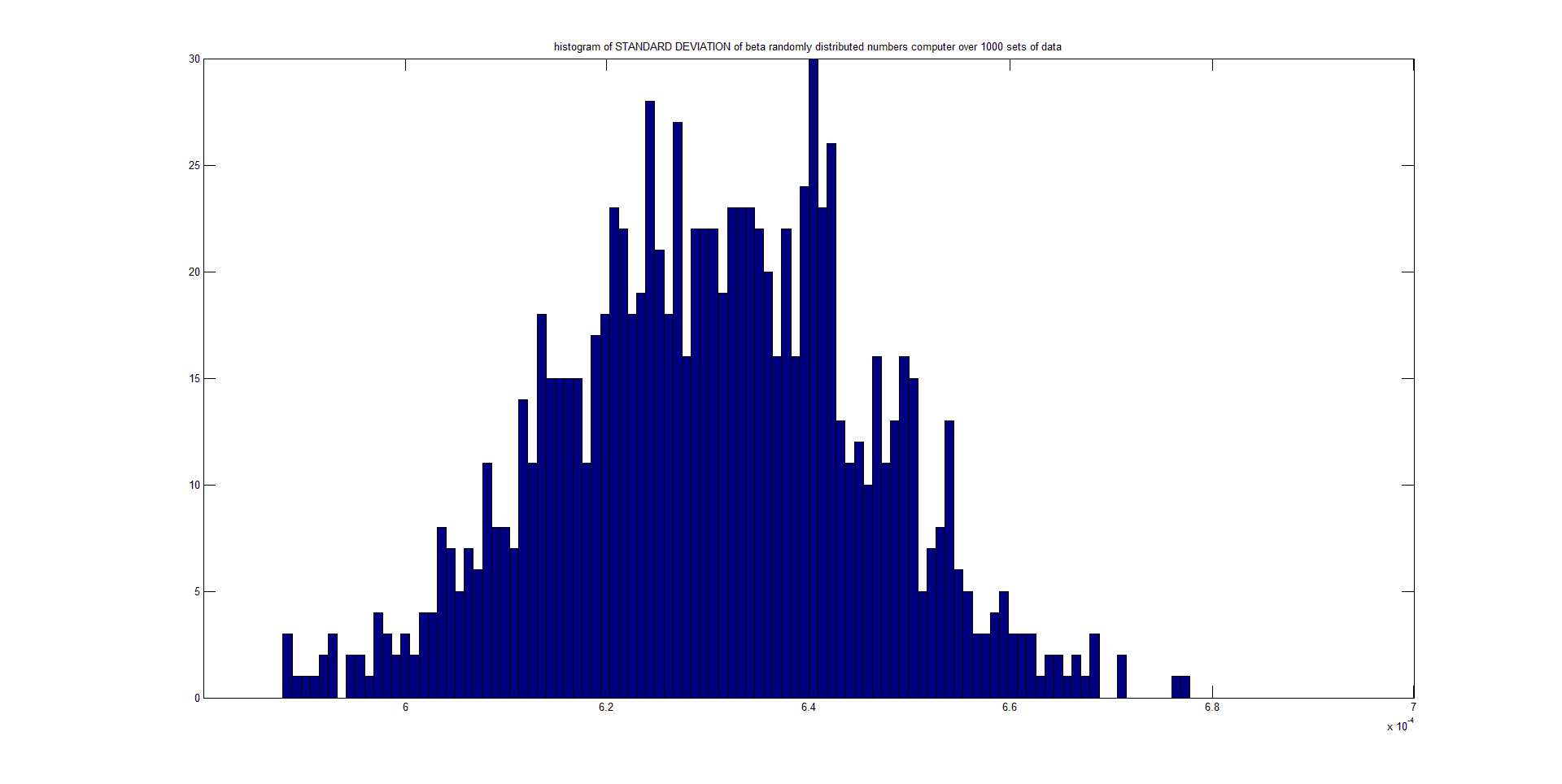I have a quick question about the central limit theorem. Lets say I measure some value that comes from an arbitrary distribution N times and I repeat this M times. I understand that if I calculcate the mean from the N values I will have a set of M values that follows a normal distribution. But what if I measure the sample standard deviation from N, will my resulting distribution also be normal? Following the derivation of the CLT I do not see this to be the case, but intuitively I think this is true, at least for some distributions. Any light on the issue would be greatly appreciated.
First I will quote the CLT from wiki:
the central limit theorem (CLT) states that, given certain conditions, the arithmetic mean of a sufficiently large number of iterates of independent random variables, each with a well-defined expected value and well-defined variance, be approximately normally distributed.
My question then is a variant on the quote from the wiki page: will the the central limit theorem (CLT) state that, given certain conditions, the STANDARD DEVIATION of a sufficiently large number of iterates of independent random variables, each with a well-defined expected value and well-defined variance, be approximately normally distributed? Here is a series of plots I made from random numbers that follow a beta distribution. I have generated 1000 sets of 5000 points each. The first plot is a histogram of the first set. The second is a histogram of the 1000 calculated means, and the 3rd is a histogram of the 1000 calculated std.




